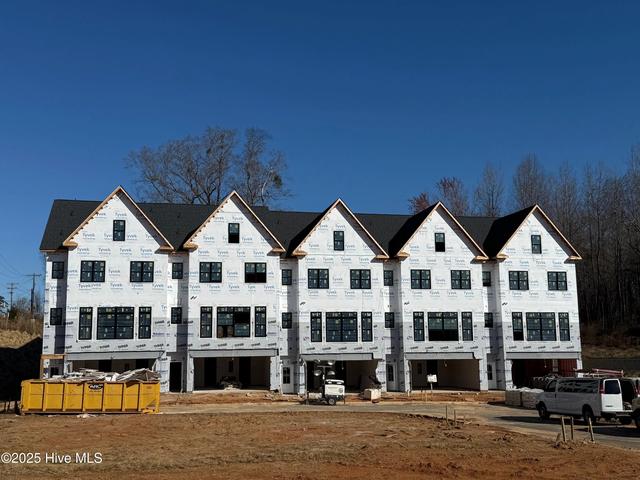
Permits, Pricing & Profits: The Investor’s Guide to North Carolina’s Real Estate Boom
The Inventory Drought: Where Did All the Homes Go?
Builders to the Rescue? Kind of…
But here's the kicker: builders are not building at every price point equally.
Where the Boom Is Booming Most
So, where is the action hottest?
A Boiling Pot of Migration and Momentum
Think of NC as a rising stock. It’s not just the market today that’s appealing, but the trajectory.
What It All Means for Investors and Developers
Meanwhile, markets that are “second-tier” today could be the next Mooresville or Cary in five years.
Final Thought



